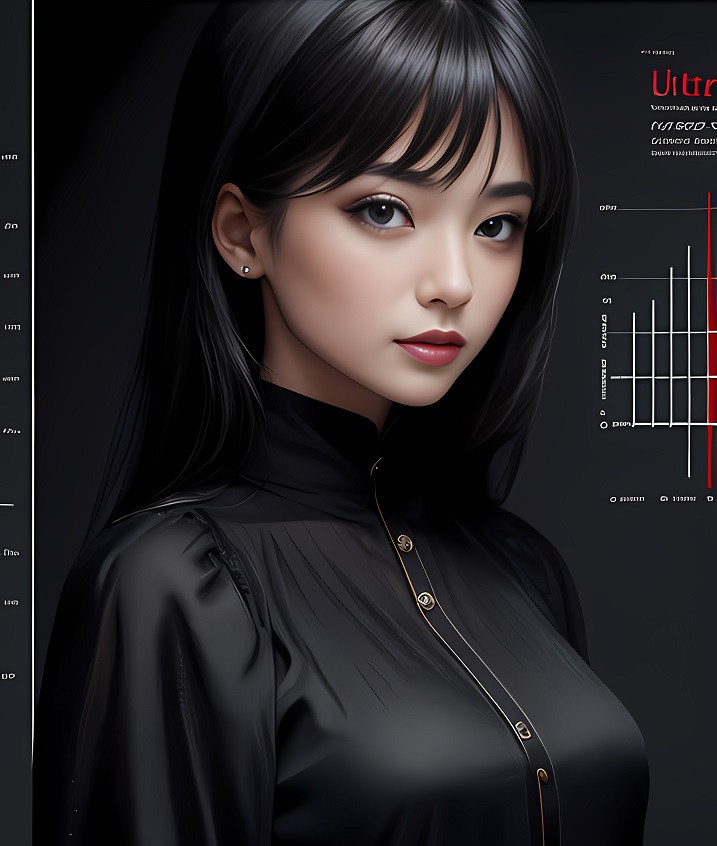Long River Technology - Programatic Trading Customization Development
Customized development of programmatic trading refers to the development of a programmatic trading system or algorithm that suits the individual needs of customers according to their specific needs and strategies.

The development of a programmatic trading system or algorithm needs to consider multiple factors, including trading strategies, market liquidity, transaction costs, risk control, etc. The development process requires the use of professional programming languages and transaction APIs, as well as related data analysis and modeling tools.
The functional content of the customized development of programmatic transactions mainly includes the following points:
1. Trading strategy development: According to customer needs and market trends, develop suitable trading strategies, and verify and optimize them.
2. Trading platform development: develop a trading platform that meets customer needs, including trading interface, trading interface, risk control system, etc., to realize automated trading and real-time monitoring.
3. Algorithmic trading development: According to the customer's trading needs and strategies, develop suitable algorithmic trading programs to achieve fast transactions and reduce transaction costs.
4. Data analysis and forecasting: use historical data and machine learning technologies to conduct data analysis and forecasting to help customers better understand market trends and price fluctuations.
5. Risk control and optimization: According to the client's trading strategy and risk control requirements, develop a suitable risk control system to achieve risk control and optimization.

The advantages of customized development of programmatic transactions mainly include the following points:
1. Realization of personalized strategies: Programmed trading systems or algorithms can be developed according to specific needs and strategies of customers, which can realize customers' personalized trading strategies and better meet their investment needs.
2. Improving transaction efficiency: Programmed trading systems or algorithms can automatically execute transaction orders, avoid delays and mistakes in human intervention and manual transactions, and improve transaction efficiency.
3. Precise risk control: Programmed trading systems or algorithms can conduct transactions according to preset strategy rules, avoid human emotional interference and decision-making mistakes, and can control risks more precisely.
4. Historical data analysis and forecasting: Programmed trading systems or algorithms can use historical data for analysis and forecasting, which can help customers better understand market trends and price fluctuations, and predict market changes in advance.
5. Reduce costs: Programmatic trading systems or algorithms can process transactions in batches, reduce transaction costs, and improve revenue performance.
6. Improving the objectivity of decision-making: The programmed trading system or algorithm conducts transactions according to preset rules without interference from human emotions, which can improve the objectivity of decision-making.

The general process of customized development of programmatic transactions includes the following steps:
1. Demand analysis: Communicate with customers, understand customer needs and trading strategies, and determine the goals and functions of the system or algorithm.
2. Design: According to the requirements analysis, design the framework and architecture of the system or algorithm, determine which programming languages and tools to use, as well as data sources and transaction APIs, etc.
3. Development: Code and test according to the design documents to ensure the stability and reliability of the system or algorithm.
4. Testing: Conduct system or algorithm testing, including simulated trading and real trading, to verify the accuracy and performance of the system or algorithm.
5. Deployment: Deploy the system or algorithm to the trading environment, adjust parameters and optimize strategies to ensure that the performance in actual trading meets expectations.
6. Maintenance: Perform daily maintenance and updates of the system, as well as adjustment and optimization of strategies to ensure the continuous operation and revenue performance of the system or algorithm.
The customized development of programmatic transactions requires certain professional knowledge and skills, including knowledge in programming, data analysis, financial markets and trading strategies. At the same time, it is necessary to maintain close communication and collaboration with customers during the development process to ensure the realization of customers' individual needs and strategies.
In short, the customized development of programmatic trading can develop a trading system that meets the individual needs of customers according to their specific needs and trading strategies, realize functions such as automated trading, data analysis and forecasting, risk control and optimization, improve trading efficiency, and precisely control Risk, reduce transaction costs, improve income performance, improve the objectivity of decision-making and other advantages.